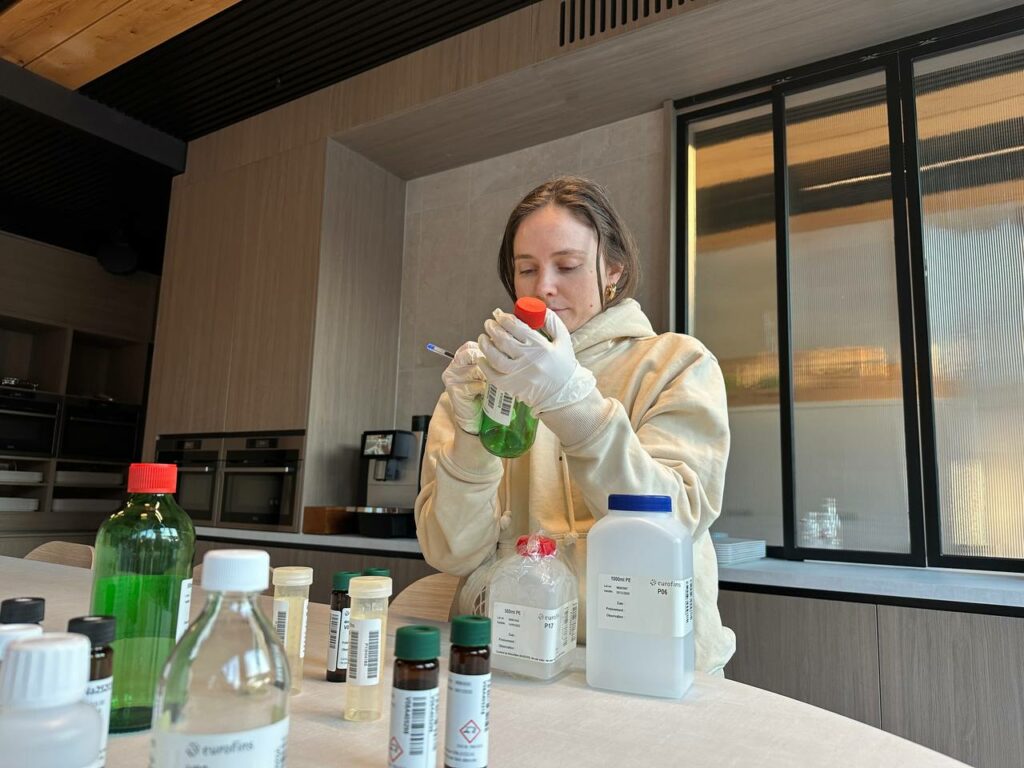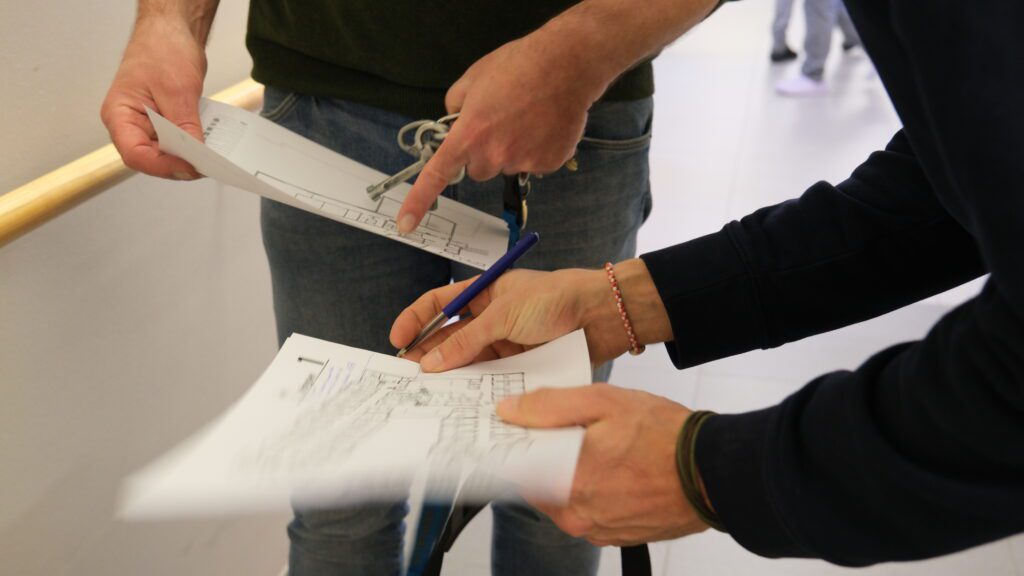Green Building Certification: Your Checklist for Successful Performance Verification

Performance verification is the finish line of a green building certification marathon for a building project. At this moment, a project team and people involved in the construction of the building get to know if all the solutions and mechanisms implemented in the building are working following the design plan.
Given the importance of these tests, the Airscan team has prepared a short checklist that will help your green building project achieve the certification(s) and receive the highest possible score.
1. Selecting the right performance verification body is a key factor

The entire certification process will be directly linked to a company or a team that will be responsible for the audit and on-site performance tests. The presence of all relevant certificates and authorisation to conduct tests, as well as credibility, expertise, and experience, are the main criteria for selecting the right assessment team. Before signing a contract, it is important to validate that the tests will be actually performed in line with the up-to-date standards and demand all the necessary certificates and licenses. Also, working with a company based in proximity to a project site minimizes environmental impact, increases work efficiency and is typically more budget-friendly.
2. Check the possibility of performing joined tests

In most cases, sustainable buildings target not only one green building certification but multiple. For instance, projects often apply for both BREEAM and WELL certifications in parallel. In such cases, it is always recommended to find an assessment company which can conduct both tests. By doing so, a project team minimises assessment risks and optimises the costs linked to the certification. The list of the tests that can be completed in parallel for different certifications is listed on the WELL official WebPage .
3. Foreseen time between the end of work and certification

Most construction projects face very strict deadlines that must be respected, especially when it comes to the end of a project. It can be the case that a building owner/tenant needs to move in, or the next company should start fit-in works in a completed core project. Thus, a project team demands to conduct the tests straight after the works a completed. In such cases, the risks of failing certain performance tests are very high. It is always helpful to validate that all the systems work accurately before inviting an assessor to conduct tests. Therefore, it is crucial to dedicate at least one week for commissioning and validation before the actual certification of a building.
4. Complete all works not only inside the building but also outside
The importance of construction works being completed inside the building for successful performance tests were already discussed. On the other hand, the impact of outdoor construction activities on indoor environment is very often neglected. However, landscape works, pawing stones laying and a site fencing can negatively affect air quality and acoustic performance tests results.

Conclusion
Ensuring your green building project achieves certification requires meticulous planning and execution. By selecting a credible performance verification body, coordinating joint tests for multiple certifications, allowing time for system validation before final assessment, and completing all indoor and outdoor work, you can optimize your chances of receiving the highest possible score. Following this checklist and working with Airscan will help your project meet stringent green building standards, ultimately leading to a more sustainable and efficient built environment.
Latest Articles

School air quality: protect children today | Airscan
Children are more vulnerable to air pollution at school. Key Brussels data, effective measures (school streets, LEZ), and Airscan solutions: monitoring, smart ventilation, certification‑ready reporting.


Ventilation Audits in Flanders Care Homes: Airscan’s 40‑Site Study on Indoor Air Quality
Airscan’s audit of 40 Flemish care homes uncovered critical ventilation issues: nearly 1 in 4 rooms exceeded safe CO₂ limits. With VEB and VIPA support, the study offers data-driven solutions to protect residents’ health.
